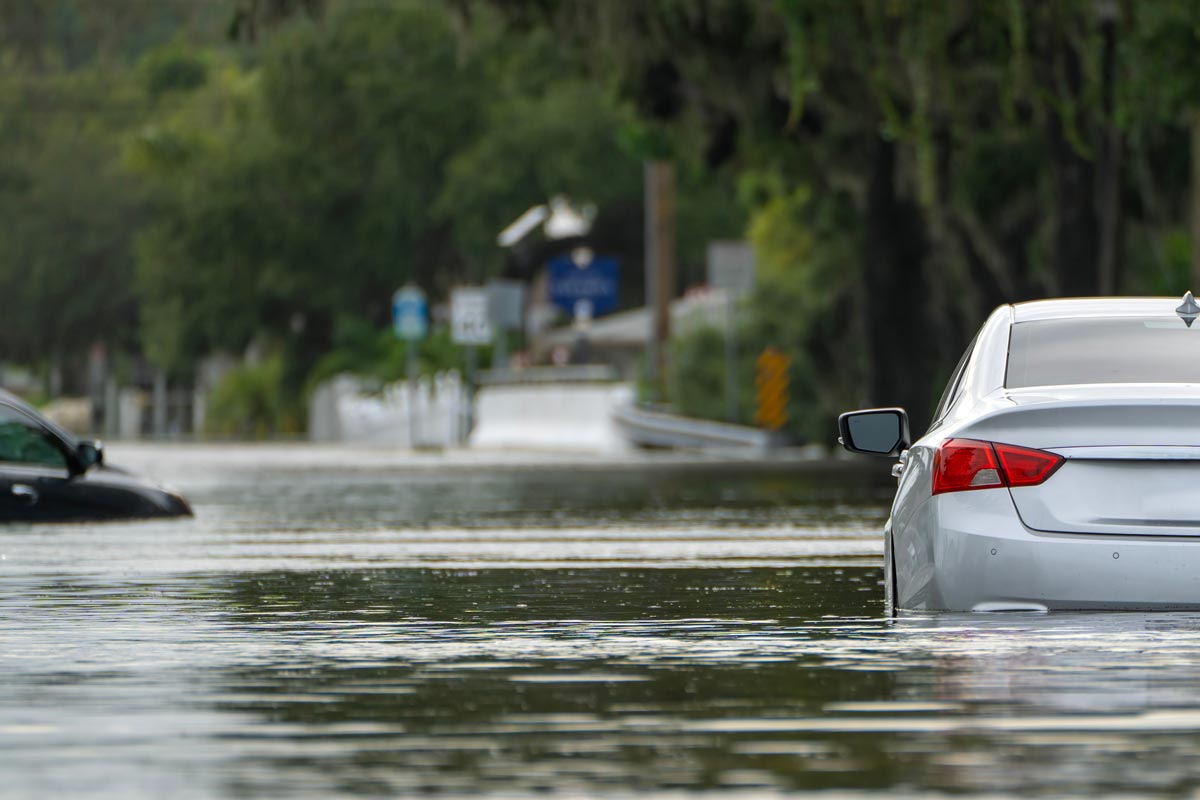When Flood Zones Become Uninsurable: What’s Next for Louisiana Property Owners

In many parts of coastal and low-lying Louisiana, flood insurance has shifted from a standard safeguard to a major challenge. As flood frequency increases and claims continue to rise, some areas are facing reduced access to coverage—or none at all—from private insurers. The term “uninsurable” has started appearing more frequently in conversations about homeownership in flood-prone parishes, including Terrebonne, Lafourche, and beyond.
While no official designation from FEMA or state regulators marks an area as “uninsurable,” market conditions tell a different story. Some insurance carriers are exiting these high-risk zones entirely, while others have tightened their underwriting guidelines or priced policies beyond practical affordability. The result is that property owners are increasingly caught between rising premiums and disappearing options.
This shift has been fueled by a combination of factors. Repeated storm losses over the past decade, increasing flood severity, coastal erosion, and tightened reinsurance markets have forced insurers to reexamine their exposure across Louisiana. In many cases, the math simply no longer supports offering policies in areas with a long history of flood-related claims.
The implementation of FEMA’s Risk Rating 2.0 has also changed the landscape. This pricing model aims to align flood insurance premiums more closely with actual property-level risk, using factors such as distance from water, elevation, and flood frequency. While the intention is to modernize and stabilize the National Flood Insurance Program (NFIP), it has also resulted in significant premium increases for many properties that were previously considered moderate or low risk.
For property owners in newly uninsurable zones, several paths remain—though each comes with limitations.
One option is to transition to a policy through the NFIP. As a federally backed program, the NFIP must provide coverage to any eligible property in a participating community, regardless of past claims or flood history. However, the program’s coverage limits are fixed: $250,000 for structure and $100,000 for contents on residential properties. For many homes in southern Louisiana, particularly newer or elevated builds, these limits may not fully cover replacement costs.
Retrofitting a property to reduce flood risk is another potential path. Elevating structures above base flood elevation (BFE), adding flood vents, or using flood-resistant materials can lower premiums or qualify a property for limited private market options. These upgrades may also lead to lower NFIP premiums over time. However, the initial investment can be substantial, and not all properties can be cost-effectively modified, especially older homes or those located near water bodies.
Some homeowners have explored self-insuring, which involves setting aside funds for potential future flood damage rather than purchasing an insurance policy. While this may reduce annual expenses, it poses significant financial risk—particularly in the event of a catastrophic loss. Self-insurance may also conflict with mortgage lender requirements, as most federally backed loans mandate flood coverage in designated Special Flood Hazard Areas (SFHAs).
In cases where insurance is required but unavailable through traditional channels, lenders may place force-placed insurance on a property. These policies are typically more expensive and offer less favorable terms than those selected voluntarily by the homeowner. Force-placed coverage protects the lender’s interest in the property but may not cover contents or temporary living expenses.
New construction is also being affected. Builders must now account for both physical flood resilience and insurability. Building above BFE is no longer a recommendation but a necessity in many areas. Site selection, foundation type, and drainage planning all factor into whether a property can qualify for affordable flood coverage post-construction.
Real estate transactions in uninsurable zones are encountering new complications as well. Buyers are requesting flood insurance quotes earlier in the process and, in some cases, adjusting offers or walking away from purchases due to high premiums or lack of available coverage. Sellers are advised to maintain continuous coverage and disclose insurance history as part of the sales process.
Communities and municipalities are taking steps to address the issue through elevation projects, levee improvements, and participation in the NFIP’s Community Rating System (CRS), which rewards municipalities for implementing floodplain management practices. Higher CRS scores can lead to reduced NFIP premiums for residents, though such benefits may not fully offset private market limitations.
As the landscape continues to evolve, staying informed is essential. Risk maps, underwriting guidelines, and mitigation recommendations are updated regularly. What was considered an insurable location five years ago may not meet today’s standards. Awareness of a property’s flood history, elevation certificate data, and proximity to drainage infrastructure is increasingly important—not just for pricing, but for securing coverage in the first place.
At ADDvantage Insurance in Houma, the focus remains on helping clients navigate these changes with clarity and preparation. This includes explaining policy terms, evaluating mitigation steps, and exploring both NFIP and available private options. The goal is to ensure that coverage decisions are informed by real risk—not guesswork.
For those living in flood-prone areas of Louisiana, the question is no longer if coverage will be harder to find—it’s how to prepare for that shift. Understanding what makes a property more resilient and more insurable, even in a difficult market, is becoming a core part of long-term homeownership planning across the region.
